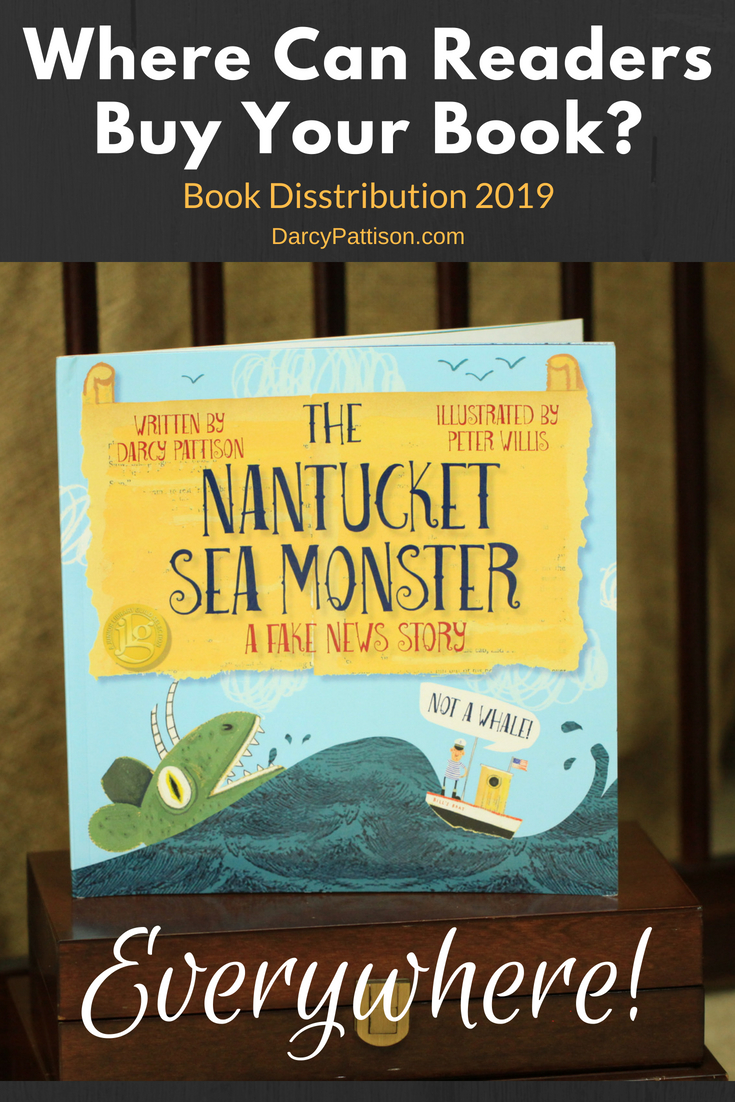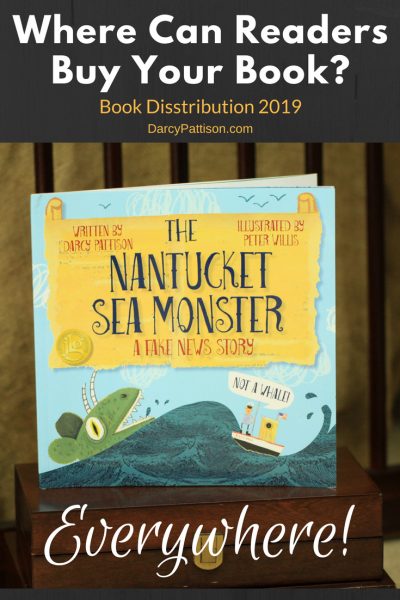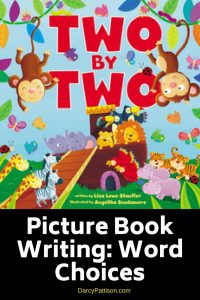Book Distribution 2018
Book distribution, where your books are connecting with people, is a crucial decision for selling books. If a reader hears about your book and they try to buy it in their favorite format from their favorite store/vendor, it must be available. That means you should know where your customer shops. Children’s librarians use educational distributors. Parents might use Amazon, BN, Kobo, or a local bookstore.
Adding book distribution is an ongoing effort and changes frequently. Someone recently asked where I currently distribute. So, this is it for right now, mid-2018.
I use print-on-demand services that also include distribution. They don’t advertise the book, have salesmen who pitch the book to bookstores, or in any way promote the titles. They simply list the book in their catalog, which puts it on Amazon.com.
- Ingram Spark – Upload here for print distribution everywhere else. This includes internationally, local bookstores, education distributors, and more. The books are included in the Ingram Wholesale catalog which makes them available to the general market.
TIPS:- Find discount codes to avoid setup pricing.
- The same interior file works for CS/IS.
- Use Ingram templates for covers, they include bar codes. Do NOT embed a price in the barcode, or you’ll have to change covers any time you change pricing.
- Set your discount to 55% (standard) or 53% (standard with a bit of fudging but still allowed). Anything less is considered a “short discount” which means poorer distribution.
- To reliably be available to bookstores, you must choose to allow returns. With the just-in-time ordering of modern bookstores, returns are fewer. Bu you must still budget for returns. Or set it to No Returns and accept that bookstores will not stock the book.
- ON THE OTHER HAND, read Aaron Shepard’s book AIMING AT AMAZON (lots outdated but the basic idea is solid) and use the short discount to your advantage. He sells at 20% discount and has for years. Basically, you only plan to sell on Amazon and don’t care about any other market.
- If you get a large order, call IS and ask for bulk discounts. Or do a small offset print run.
- eBooks – I directly upload to KDP, BN, Apple, Kobo, Overdrive and use PublishDrive to reach GooglePlus (and a lot of other places that rarely make sales). You can reach many of those through D2D and/or Smashwords. You need a spreadsheet to keep track of who distributes where so you don’t duplicate distribution when you choose to enable/disable distribution on a certain platform.
I also sell direct on my website (not much) using WordPress/Woocommerce and use Bookfunnel to deliver the correct format to customers. (see mimshouse.com).
I also direct upload to education distributors: Follett, Mackin, Permabound, EPIC!. - AudioBooks – ACX, some exclusive and some non-exclusive. Findaway for non-exclusive.
GET A LIST OF EDUCATIONAL DISTRIBUTORS, INCLUDING FULL CONTACT INFORMATION
[convertkit form=4987432]




I’m curious about the Aiming At Amazon reference: if you’re only going to target Amazon, why bother with Ingram Spark at all?
I’m currently handling distribution pretty much exactly as you suggest. The one suggestion I might make to someone starting out is that they go direct to KDP, but use PublishDrive, Draft2Digital or Smashwords to go everywhere else until they see sales pick up in the other channels. Unless they’re planning to really pursue marketing on those other ebook channels, spending the time is just not worth it. (That said, the human curation of Kobo and iBooks could offer opportunities for indies, but one has to decide which opportunities one is going to pursue!)
Thanks for the great post! I’ll send people here when they’re wondering about this topic.
So, do you use both CS and Ingram Spark for the same book? If yes, what are the logistics of that?
Other articles seem to imply you must choose one and only one.
Kevin: I know lots of people who use an ebook aggregator such as PublishDrive, Draft2Digital or Smashwords. Nothing wrong with that, I just choose not to. Kobo’s marketing opportunities are one big reason to go direct with them.
Darcy
Lisa:
I use CS WITHOUT Expanded Distribution. Do not enable it. Then, go to Ingram and set up. They will do the expanded distribution for you, plus more. Use the same ISBN (one you bought).
DArcy